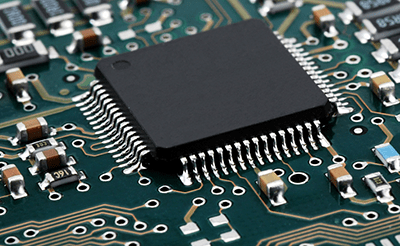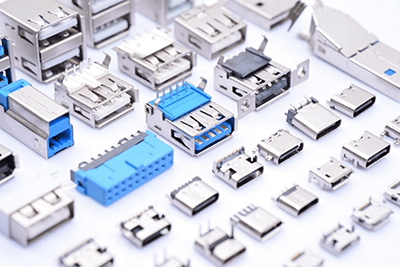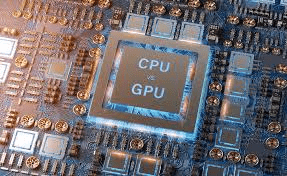THE CHIP 1 EDGE
Discover Our 7 Fields of Competence

Cost Savings and Franchise Solutions
Chip 1 offers electronic components from franchise lines and open market, ensuring reliable availability and cost efficiency for seamless electronic sourcing

Excess Inventory Management
Chip 1 helps companies turn surplus inventory into a profitable revenue stream with expert solutions, optimizing inventory management and boosting ROI

Shortage & Obsolescence Management
Chip 1 ensures seamless access to obsolete parts, proactively overcoming sourcing challenges to keep your supply chain running smoothly

Chip1
Laboratories
At Chip 1, every part undergoes rigorous testing in our global QC labs, ensuring transparency and accountability for reliable component sourcing

Data Intelligence Services
MyChip1 is the ultimate one-stop platform, offering comprehensive part data, real-time market visibility, and pricing insights—empowering faster, and smarter sourcing decisions

De-Risking Supply Chain Strategies
Chip 1 identifies at-risk components, optimizes allocations, and tailors inventory plans to prevent shortages and obsolescence, ensuring a disruption-proof supply chain

Internal Risk Management Solutions
Chip 1’s solution streamlines operations, reduces risk, and enhances competitiveness with intuitive, proactive, and seamlessly integrated component management for a more efficient supply chain
Transforming Electronic
Components Distribution
with solutions to improve
sourcing efficiency, market
visibility, and cost savings
500+
Employees Globally1Mn+
Orders Shipped to Customers$100Mn+
Value of Parts in StockCertifications
PRODUCTS

Active Components
Integrated Circuits | Transistors | MOSFET | Diodes | Resistors
Passive Components
Capacitors | Resistors | Transformers | Inductors
Electro-Mechanical
Cables | Switches | Terminals | Connectors Resonators
System Level Components
CPU (Mobile, Desktop, Server) | GPU | Memory, Modules | Storage (HDD, SSD)Welcome to the Future of Sourcing!
Introducing MyChip1 - the ultimate platform for supply chain professionals, providing an all-in-one solution to optimize electronic component sourcing. MyChip1 delivers:
- Comprehensive Part-Level Data: Access parametric data, datasheets, and PCNs in one place
- Real-Time Market Visibility: Stay updated with franchise and open market availability
- Up-to-the-Minute Pricing: Make faster, informed decisions with real-time pricing insights
By consolidating these powerful features into a seamless platform, MyChip1 enables you to optimize workflows, reduce supply chain risks, and make more efficient sourcing decisions






